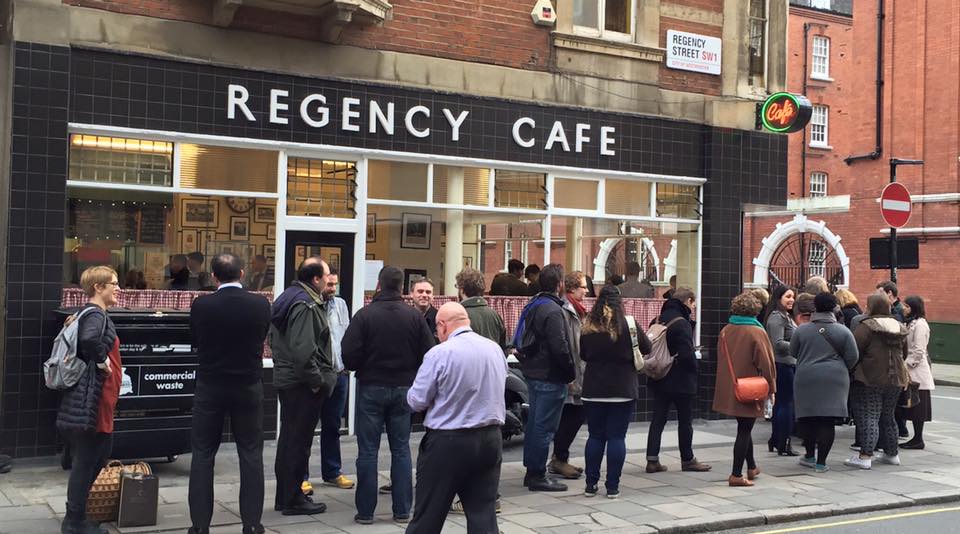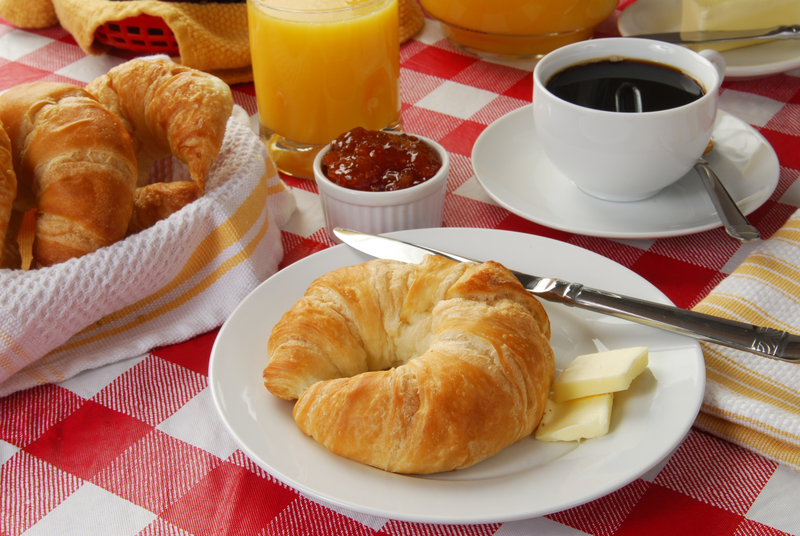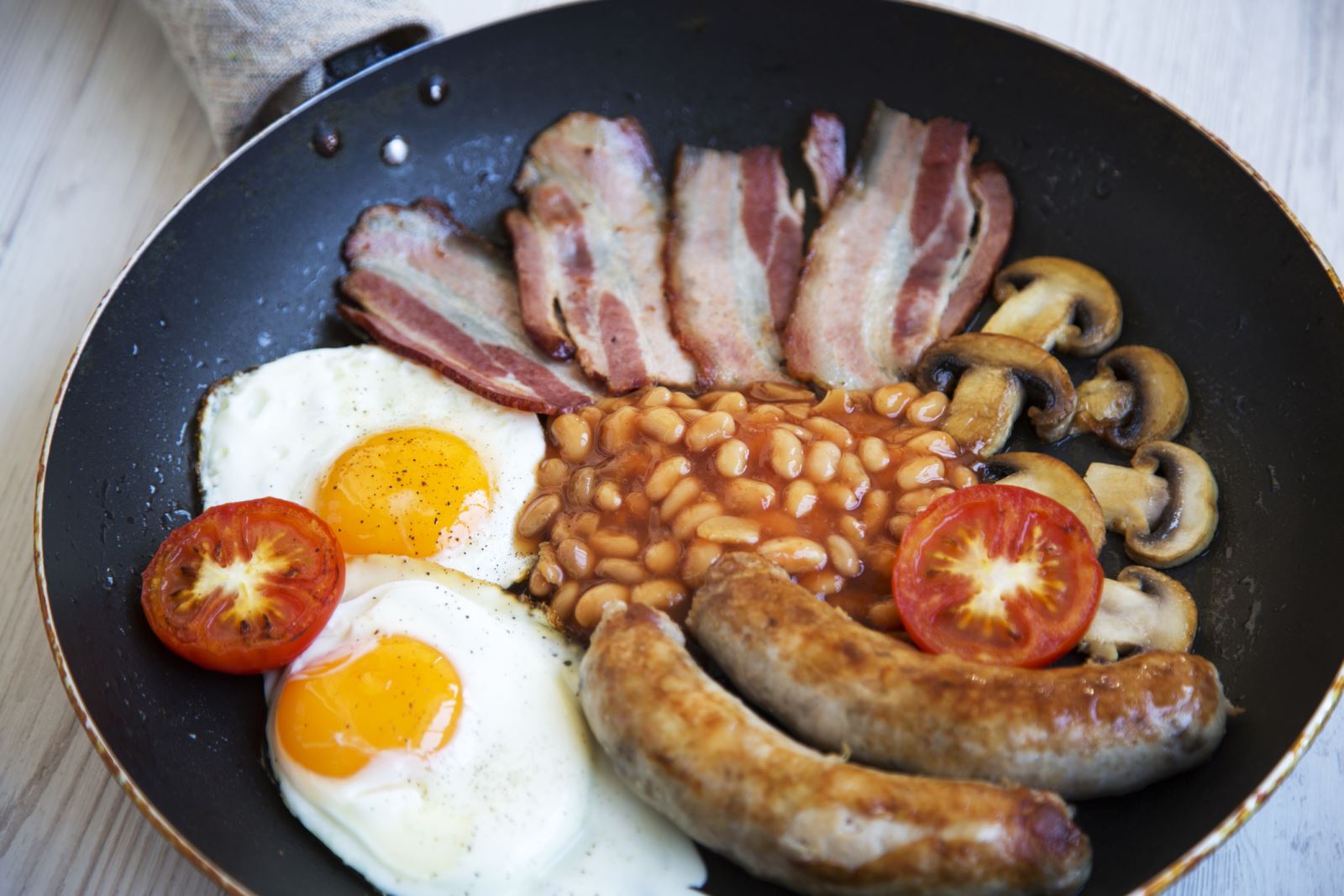Interested in the origin of breakfast? Discover more with our brief history of breakfast...
To the ancient Egyptians who laboured on the Pyramids, it was their main meal of the day: bread, beer and onions. For ancient Britons, it was often a kind of porridge made from ground-up grains of barley or wheat. Ancient Roman soldiers also started the day with a kind of porridge, similar to today’s polenta, made from wheat or barley. In Britain today, it ranges from a bowl of cereal – of which more later – to pastries and “the full English” (or Scottish, or the “Ulster Fry”). It’s been described as the most important meal of the day, a way of replenishing a depleted body with calories, fats and protein.
And yet for several centuries in Britain, breakfast almost disappeared. This was thanks to the religious beliefs that held sway in the Middle Ages, in particular those of St Thomas Aquinas, the influential Italian priest and philosopher, who believed that “breaking the fast” too early in the day was to commit the sin of gluttony. So for many medieval people, there were just two meals in the day. There were exceptions: labourers, for instance, who needed the calories, were permitted to eat breakfast (perhaps some bread, cheese and ale), as were children, the elderly and the infirm. But it was not something to be enjoyed, and it was certainly not a social event.
Incidentally, the drinking of ale or beer for breakfast was not a sign of mass drunkenness – ale and beer during this period were relatively weak. Drinking this “small beer” (hence the phrase) was a much healthier alternative to water, which carried all kinds of risks.
Breakfast comes back
As time went on and the authority of organised religion began to wane, breakfast grew in popularity. The arrival of chocolate from South America was also a major event – people across Europe loved drinking it so much, the Catholic church was forced to relax its strictures, ruling that “liquid doesn’t break the fast”. Products such as bacon from Wiltshire began to make their way on to the nation’s breakfast tables, paving the way for today’s traditional breakfast.
The industrial revolution sealed the status of breakfast as an essential meal. A day’s hard labour in the factories required calories that could only be provided by a substantial breakfast. Bread, dripping, gruel and perhaps some fish (which was a relatively inexpensive source of protein) would have been a typical breakfast for working people.
Meanwhile the middle- and upper-class Victorians saw breakfast as a way of displaying their wealth and status, giving rise to epic breakfasts featuring kidneys, kedgeree, porridge, bacon, eggs, and so on, served from sideboards and eaten around a grand table. This high-status breakfast began to trickle down the class system; the classic “greasy spoon” fry-up that became popular in workers’ cafés is essentially an imitation of the English upper-class breakfast.
In Victorian and Edwardian Britain, these worker’s “caffs” were part of every high street – a place where the early-rising working classes could set themselves up with a breakfast of eggs, bacon, fried bread, tea and toast (coffee was still seen as something a bit “posh”). They were also popular among late-night revellers seeking an early-morning hangover cure. These cafés were simply furnished with rows of wooden tables and chairs, later with Formica table-tops and counters.
Though changes in working patterns mean that many of these places have closed down, some classic examples remain – among them the Regency Café in central London, which has featured in films such as Layer Cake and Brighton Rock.

A flaky inventor
In America, the connection between breakfast and religion resurfaced in the late 19th century in the curious beliefs of John Harvey Kellogg. Seventh Day Adventists believed in a bland vegetarian diet that would suppress “passions”. Kellogg, himself an Adventist, set to work creating a breakfast cereal that would meet these requirements. Cornflakes were the result, and Kellogg hoped that his invention would reduce excessive sexual intercourse and other habits. (Kellogg later created Rice Krispies, whose exciting “snap, crackle and pop” seemed to be at odds with his desire for a life without passions or stimulation.)
Like many American inventions, cornflakes spread across the world, and today cornflakes and other cereals are an essential part of many breakfast tables. There is even a chain of hipster cafés, the Cereal Killer Café, serving a huge range of breakfast cereals in eclectically-furnished surroundings. The chain has two cafés in London, as well as branches in Kuwait City and Dubai.
Continental style
Meanwhile as people travelled and adopted more cosmopolitan eating habits, the continental breakfast began to take hold: fresh orange juice, Danish pastries, croissants, and of course coffee. When coffee first arrived in the UK it was not seen as a morning drink – the coffee houses that thrived in the 17th and 18th centuries were open all hours. But the continental European habit of drinking coffee at breakfast began to take hold throughout the 20th century.

Another major influence on our breakfasting habits has been health. These days, fewer of us are manual labourers, so we need fewer calories; a greasy spoon breakfast made to be burnt off in a day’s heavy work is not ideal for a sedentary desk job. There has also been a backlash against sugary cereals – a 50g serving of a typical cereal contains at least two teaspoons of sugar. Hence the emergence of healthier, lower-sugar cereals such as granola and muesli – and the resurgent popularity of porridge.
Bringing back breakfast
For several decades, even centuries, breakfast was a meal shared by the family at the start of the day. Changes in working habits, the rising number of working women and the time-pressed nature of modern life have changed this, so that today around 28 per cent of us eat breakfast “on the go”. Many of us wait until we are at our desks, grabbing a coffee and a croissant or a muffin on the way to work. A substantial number of us skip it altogether – contrary to the health advice which says it is the most important meal of the day.

But the rise in café culture is helping to bring back breakfast. The good news for owners of cafés is that Britons now spend around £13 billion a year eating out for breakfast (according to a 2016 survey by the hotel chain Travelodge). Breakfast is seen as a chance to sit in comfortable surroundings eating and drinking healthy, freshly-made food and beverages. For the new army of self-employed and freelance workers, a café with wi-fi offers a chance to combine work with breakfast.
So if you are the owner of a café, a coffee shop or even a pub (which seem to have been slow to take advantage of the breakfast market), you could be capitalising on the nation’s changing eating habits. Today’s customers want wi-fi, pleasant surroundings, proper coffee, healthy options, and a chance to spread out at a table with a laptop, a tablet or a newspaper. And as traditional mealtimes become blurred, breakfast can last well into mid-morning, when it begins to merge into brunch and then lunch. So, be prepared to be flexible in your offering. Create areas where customers can sit and linger over breakfast, perhaps with a couple of small armchairs or even a sofa and a low table.
It’s all a far cry from the beer, bread and onions eaten by those ancient Egyptians.